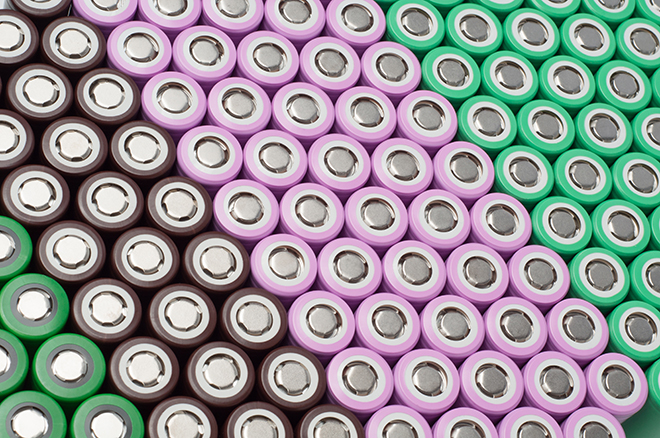Scientists at the Tokyo Institute of Technology have been working on solid-state batteries, which are theoretically safer, more stable, and have higher energy densities than conventional Li-ion batteries with liquid electrolytes. They have recently made progress towards overcoming a major limitation of solid-state batteries: high resistance at the interface between the electrodes and the electrolytes that limits fast charging/discharging.
However, the mechanism behind the interface resistance was unclear, and it has been difficult to analyze the buried interfaces in all-solid-state batteries without damaging their layers. Lead researcher Taro Hitosugi and his team investigated further, and came to suspect that crystallinity at the electrode-electrolyte interface played a key role in defining interface resistance.
Crystallinity refers to the regularity of a solid’s structure. If the atoms that make up the solid are periodic and well-ordered, crystallinity is high. If the atoms are irregular and haphazard, crystallinity is low. The Tokyo Tech scientists postulated that improving crystallinity in a solid-state battery, specifically at the boundary between the electrode and electrolyte, would decrease the resistance between those layers and improve the battery’s charging and discharging rate.
To test their hypothesis, the scientists fabricated two batteries, one with high crystallinity at the electrode/electrolyte interface, and the other with low crystallinity. By testing each battery, the team concluded that their hypothesis was correct: the high crystallinity battery had lower resistance at the interface and performed better than the battery with low crystallinity.
“Controlled fabrication of the electrolyte/electrode interface is crucial to obtain low interface resistance,” said lead researcher Taro Hitosugi.
Source: ChargedEVs




